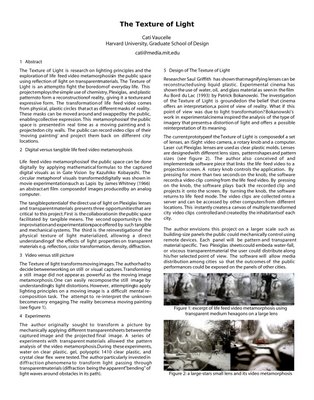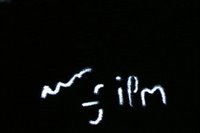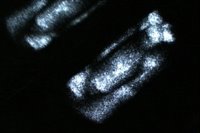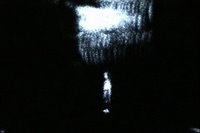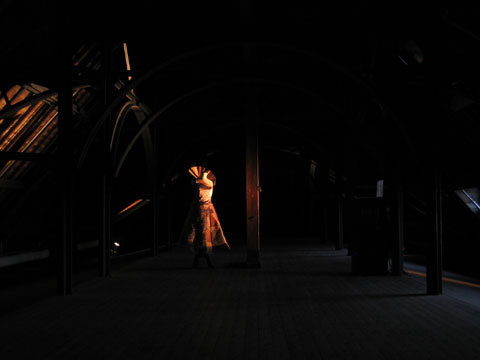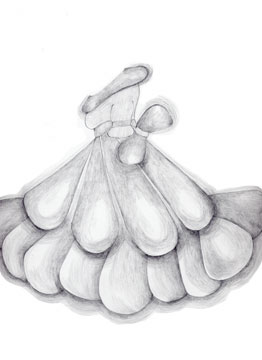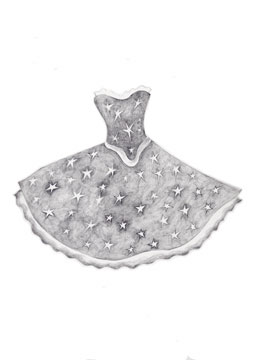If you’re new here, you may want to subscribe to my RSS feed to receive the latest Architectradure’s articles in your reader or via email. Thanks for visiting!
My research poster The Texture of Light has been accepted at Siggraph 2006. The reviews are very encouraging and I have been recommended to suggest it to a Emergency Technology session . It will be part of the Art and Design tools category.
Abstract : The Texture of Light is research on lighting principles and the exploration of life feed video metamorphosis in the public space using reflection of light on transparent materials. The Texture of Light is an attempt to fight the boredom of everyday life. This project employs the simple use of chemistry, Plexiglas, and plastic patterns to form a reconstruction of reality, giving it a texture and expressive form. The transformation of life feed video comes from physical, plastic circles that act as different masks of reality. These masks can be moved around and swapped by the public, enabling collective expression. This metamorphosis of the public space is presented in real time as a moving painting and is projected on city walls. The public can record video clips of their ‘moving painting’ and project them back on different city locations.
I plan to develop it on a larger scale such as building-size panels the public could mechanically control using remote devices. Each panel will be pattern and transparent material specific. Two Plexiglas sheets could embed a water-fall, or viscous transparent material the user could distribute along his/her selected point of view. The software will allow media distribution among cities so that the outcomes of the public performances could be exposed on the panels of other cities …
More about the project by Regine Debatty.
In tangible video in the public space

